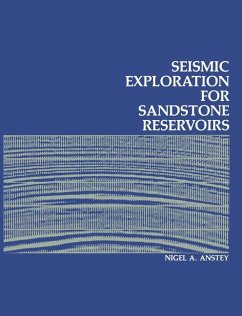
Pinchout Geometry of Sheet-like Sandstone Beds
a new statistical approach to the problem of lateral bed thinning based on outcrop measurements
Versandkostenfrei!
Versandfertig in 6-10 Tagen
39,99 €
inkl. MwSt.

PAYBACK Punkte
20 °P sammeln!
Feather-edge pinchouts of successions composed of sheet-like sandstone beds, such as turbidite lobes or shore-derived mid-shelf tempestites are extremely difficult to recognize and model. Both turbidites and tempestites are expected to pinch out seawards, but their actual thinning rates and pinchout geometries are little-known and unpredictable. In the present pilot study, more than 3750 closely- spaced measurements of the lateral thickness changes in 146 turbidite and tempestite beds have been collected over lateral outcrop distances of up to 640 m. The datasets show that both turbidites and ...
Feather-edge pinchouts of successions composed of sheet-like sandstone beds, such as turbidite lobes or shore-derived mid-shelf tempestites are extremely difficult to recognize and model. Both turbidites and tempestites are expected to pinch out seawards, but their actual thinning rates and pinchout geometries are little-known and unpredictable. In the present pilot study, more than 3750 closely- spaced measurements of the lateral thickness changes in 146 turbidite and tempestite beds have been collected over lateral outcrop distances of up to 640 m. The datasets show that both turbidites and tempestites have a log-normal thickness frequency distribution. Assuming the bed segments measured in outcrop sections represent downflow-thinning segments of unconfined turbidites and tempestites, their thinning rates can be stacked together according to the local bed-thickness ranges to represent the pinchout geometry of a whole single bed. The range-related trend equations allow the pinchout distance of every bed in a turbiditic or tempesitic succession encountered in a well to be predicted and the net spatial pinch-out of a given bed succession to be modelled.



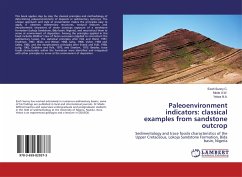
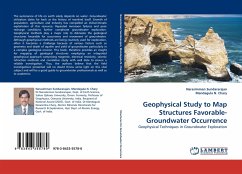
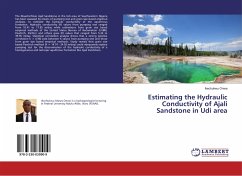
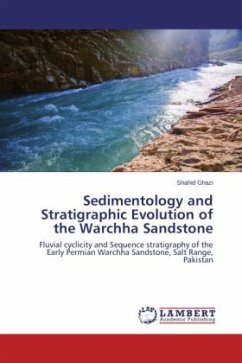


![Report on the Sudbury Mining District [microform]: to Accompany Sheet 130, Series of Geologically Coloured Maps of Ontario Cover Report on the Sudbury Mining District [microform]: to Accompany Sheet 130, Series of Geologically Coloured Maps of Ontario](https://bilder.buecher.de/produkte/71/71676/71676692n.jpg)

